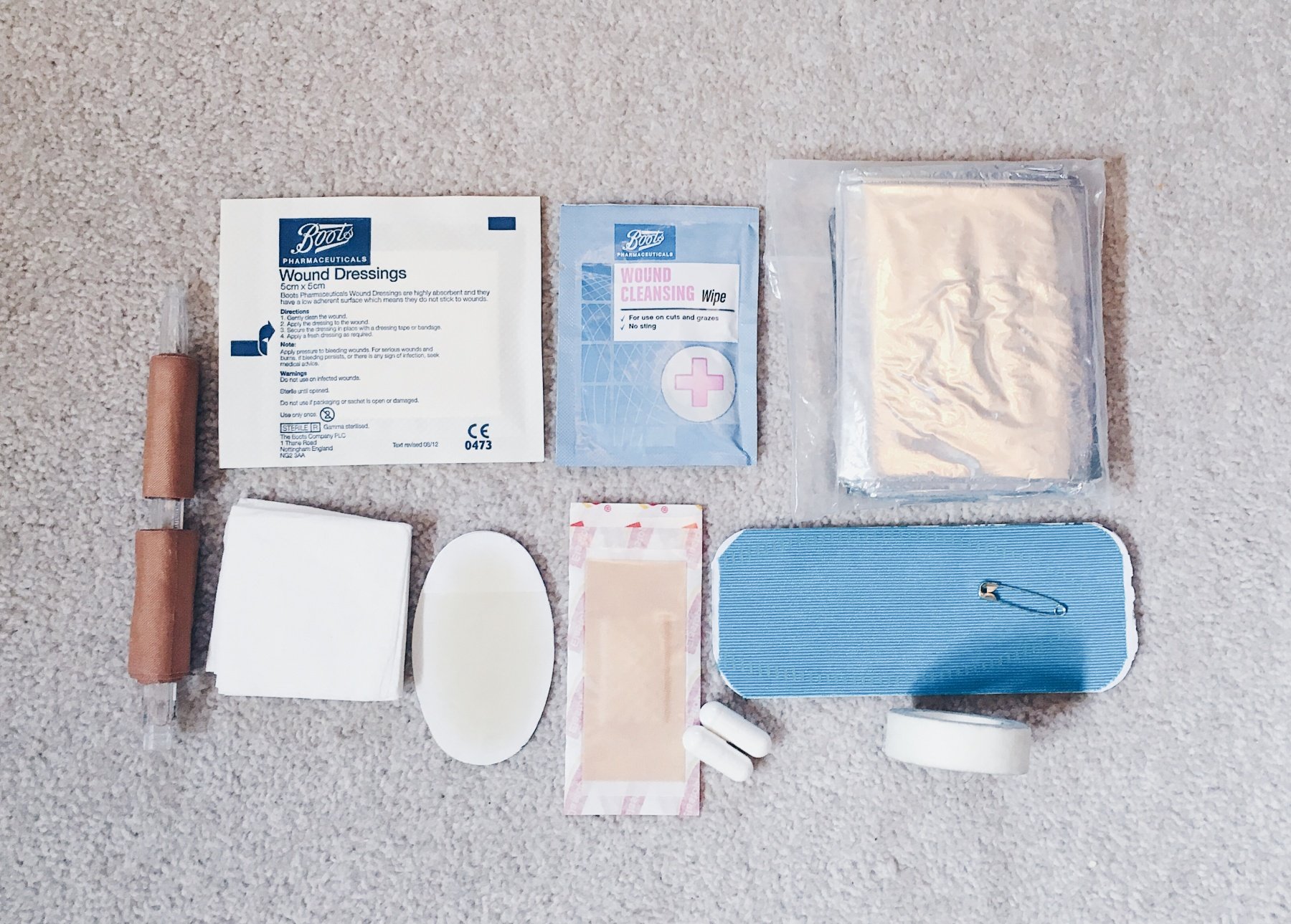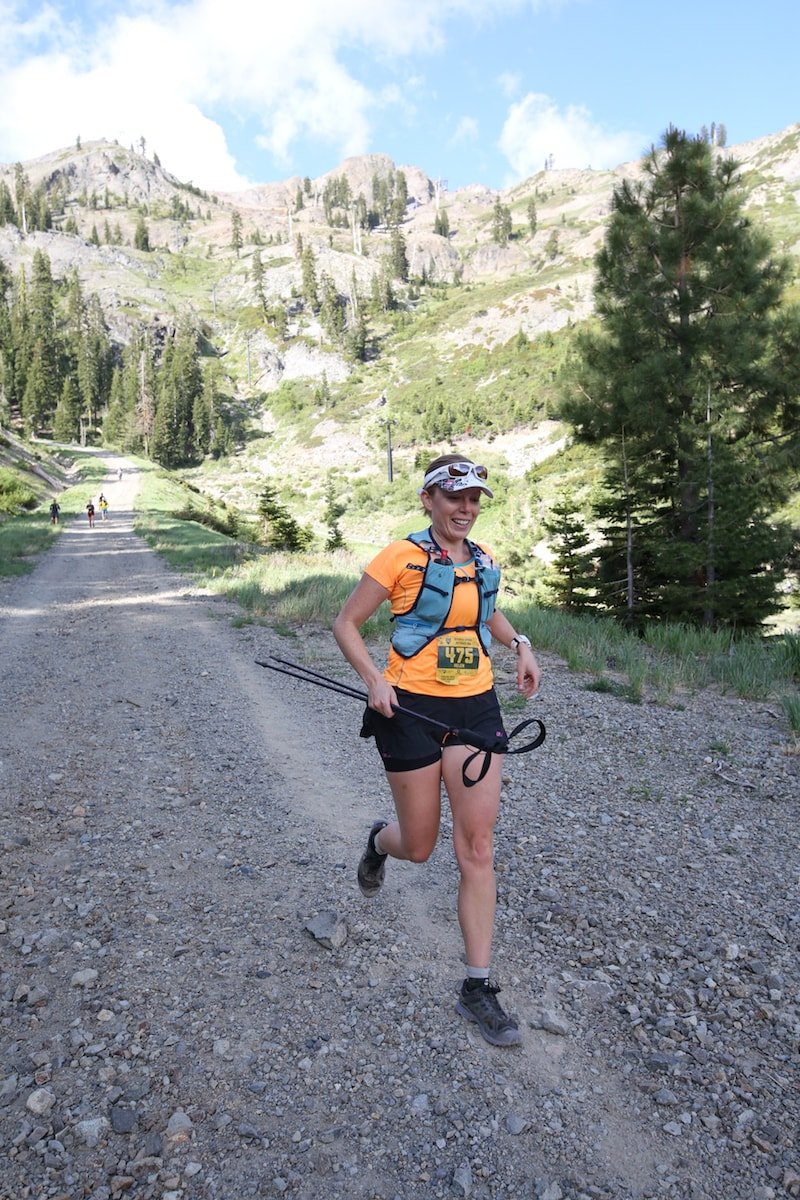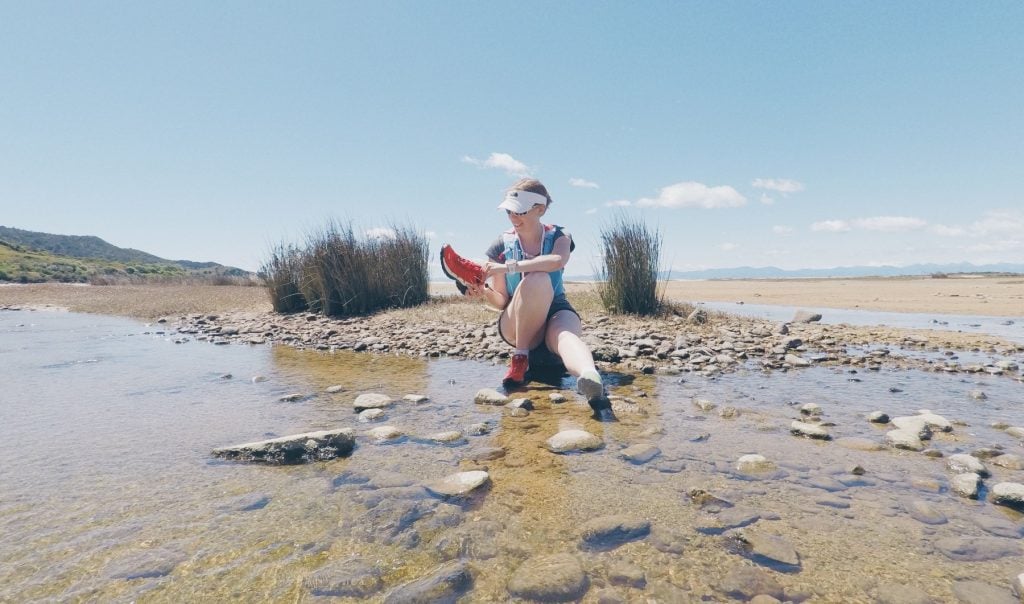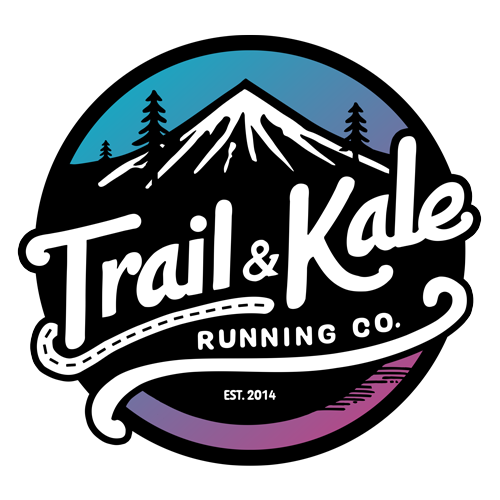If you’ve arrived at this post then you’ve probably been searching for information on how to treat running blisters if you’ve been unfortunate to get blisters on your feet, toes or heels while running.
In this post, I cover the reasons why you are getting blisters on your feet from running (especially trail running as well as hiking), how I choose to treat running blisters, what to take with you running in case you get a blister during a long run and need to fix it, and, most importantly how to stop getting blisters from running so this isn’t a problem you have to solve too many times in the future.
Before we get stuck in, you should note that all of the information in this post is based on my personal experience and preferences for treating my own running blisters.
You should make up your own mind regarding how best to treat your feet based on your personal needs and any medical considerations – and that should include, where necessary, consulting a medical professional and not relying on or copying how I do things.
Stop Getting Blisters From Running – Table of Contents
- Why do you get blisters on your feet from running and how do you stop getting them
- How I choose to treat running blisters
- What gear to take with you running to fix blisters
Why do you get blisters on your feet from running?
It is a fact that while some people are blessed with feet that seem immune to blisters, the majority of us will get blisters from running from time-to-time, and this can be for a variety of – for the most part – controllable reasons.
There’s no point just taking generic advice about your shoe fit, and changing your shoes to try and prevent getting blisters, if it’s actually something else causing them – such as your socks, or the way you are running (your gait or running form).
Some common questions to ask yourself to work out why you are getting blisters
- Do your feet move around in your shoes when you run eg side to side, or front to back? Any friction or ‘shearing’ forces will, after thousands of footsteps, is likely to cause a blister, as the layers of your foot’s skin are affected by this movement.
- Are your shoes too tight? Do they rub or pinch? If so, it’s not surprising that this rubbing or friction will be the cause of a blister – you probably do need either a bigger size, or simply a different brand or style of running shoe, because some brands just won’t work for some people.
- Are your running shoes too old? If you’ve worn them out, then they’re not going to support your feet properly when you run, and the lining can degrade over time, leading to rubbing that didn’t happen when they were newer. Time for some new shoes!
If you suspect you need to try a new pair of running shoes then our ultimate guide to trail running shoes and our road running shoes buyers’ guides should be useful reading.
- Are you wearing the right running-specific socks? Don’t wear cotton socks to run in! Choosing very soft and relatively seam-free running-specific socks (ie not general fitness / exercise socks) can help you stop getting hot spots or developing blisters on your feet. Here is a guide to our favorite no-show running socks.
- Do you need thinner or thicker running socks? I need to wear different thickness socks depending on the running shoe I am wearing. Some shoes fit very snugly so I wear very thin, ultra-light socks with them. Other shoes come up a bit larger and I can wear what I’d call ‘normal’ thickness trail running socks.
- Are your shoelaces done up in the best way to comfortably secure your feet within your shoes when running? Try some different running shoe lacing techniques. On some styles of running shoes I use the extra eyelets to thread the laces closer to the front of my ankle, which can help reduce or prevent any movement within the shoe.
Other less-common reasons for blisters on your feet when running
- Do you tend to accumulate bits of debris in your sock or shoe? While ‘trainer-liner’ or ‘no-show’ low profile socks look cool, socks that come up at least to your ankle bone will help prevent bits of mud, stones and twigs ending up in your socks when you are trail running. If you have bits of debris in your sock or shoe, then over time, this could be what ends up causing nasty blisters or sore spots.
You could also consider wearing trainer gaiters (which go over the top of the shoe, fit snugly around the ankle and stop bits getting in) although we don’t bother for our normal trail or mountain running.
If we were to go somewhere really sandy, though, then I would definitely consider them – as you know once you have sand in your shoes/socks, it’s very difficult to get it all out.
- Do your feet sweat a lot? A lot of people have this issue. If so, make sure your shoes are as lightweight and breathable as possible. Avoid gore-tex or waterproof running shoes, as these tend to be less breathable than non-waterproof shoes, and so mean that once the inside gets wet, it stays wet/damp for longer – wet skin is not happy skin, and much more prone to blisters.
- Are your blisters caused by gait, not shoes (or socks)? Before you brush this question off with a ‘no’, have a read of my experience of this and how I solved the problem: Running blisters caused by gait, not shoes.
How I choose to treat running blisters during a run
Although I rarely get blisters from running anymore, if I do then here’s how I treat them.
Firstly, I determine whether the blister is tolerable to the end of my race or run.
If I can continue without a significant impact on how I am running, and without exceptional pain, then the best thing I find is to just push on to the end, without taking off my shoes or stopping.
The sooner you get to the end, the sooner you can stop running on your sore feet, clean them properly and get proper treatment and a change of socks/shoes.
The treatment may vary depending on where the blister is, but the principle is the same:
- Clean the area before treatment by wiping with a disinfectant swab or wipe, and avoid touching it with anything dirty, including your hands
- Remove most of the fluid as hygienically as possible to relieve pressure causing the pain
- Clean the area (again)
- Bandage up the treated blister properly to minimise the risk of getting an infection
- Do anything you can to stop the blister recurring (and stop the bandage being rubbed off and making things worse. For example, loosen or tighten your shoes, whichever is best to reduce friction.
This is what I do with the limited blister kit that I carry with me on longer trail runs and races, which is itemized below (and is not to be taken as medical advice – just how I choose to deal with them – and some of these steps may be inappropriate for some situations!):

- Wipe the safety pin and affected area, then your hands, with the disinfectant wipe
- Using the safety pin, make two holes in the side of the blister, one on each side, keeping as much of the skin intact as possible (this protects the raw skin underneath)
- Use the tissue (rather than your finger) to gently encourage the liquid out of the holes – by gently and carefully pressing on the blister with it and soaking up the fluid. Don’t press too hard! Make the holes bigger if you need to to help get the liquid out
- When most of the fluid is out, choose whether to cover the blister with a Compeed patch, then a piece of tape over the top, or to cover it with a plaster/gauze and tape. I try and use the least amount of bandaging as possible while still keeping it clean and without too much rubbing or pressure on it.
- If possible, avoid getting your feet wet or dirty for the rest of the run (which may be easier said than done).
I find a piece of medical gauze (shiny side down) tightly strapped to the foot using first Micropore (medical) tape, then a wide strip of tough Leukotape (or similar), is the best method of bandaging – or switch out the gauze for a plaster, if the blister is small enough for a plaster to be sufficient.
I’d only use Compeed if the blister is so bad that I need to cover it with a ‘second skin’.
The reason being, that once on, you can’t pull a Compeed off without pulling on the skin around it, so you have to be confident that you want to go down that route and that the patch will stay put, otherwise it can be very difficult to get it off without some issues.
What gear to take with you running to fix blisters
I carry a small blister kit (often mandatory kit for long trail races) in my running hydration pack on long trail runs and races.
It weighs hardly anything as I only carry the essentials to help me out if I do get a blister.
If you don’t already have a hydration pack for running, and you run trails or longer distances, then we have more information about the benefits of them and recommended styles in these posts – men’s hydration vests and women’s hydration vests.

I strongly recommend that anyone running a trail marathon distance or longer carries these things with them:
- a small resealable plastic bag (to carry it all in)
- a single wrapped disinfectant wipe
- a gauze pad
- a plaster or two
- a compeed patch (‘second skin’)
- Micropore tape
- strips of inelastic, high adhesion tape (such as ‘Leukotape’)
- a clean safety pin (sterilized in advance, for example with boiling hot water before putting in the bag)
- a tissue
Running Blisters on your Feet – In Summary
You’re obviously better off seeing a specialist to sort out your blister problem than just doing as I do, but I hope that if you are unfortunate to have to treat running blisters on-the-go without access to medical attention that these tips are helpful!
Don’t let blisters ruin your runs!
Hopefully this article has helped you work out the possible reason for why you are getting them, and will help you fix the problem – whether it’s a quick-fix like a nice new pair of socks, or a longer term course of physio to help improve your body’s running gait and form.








